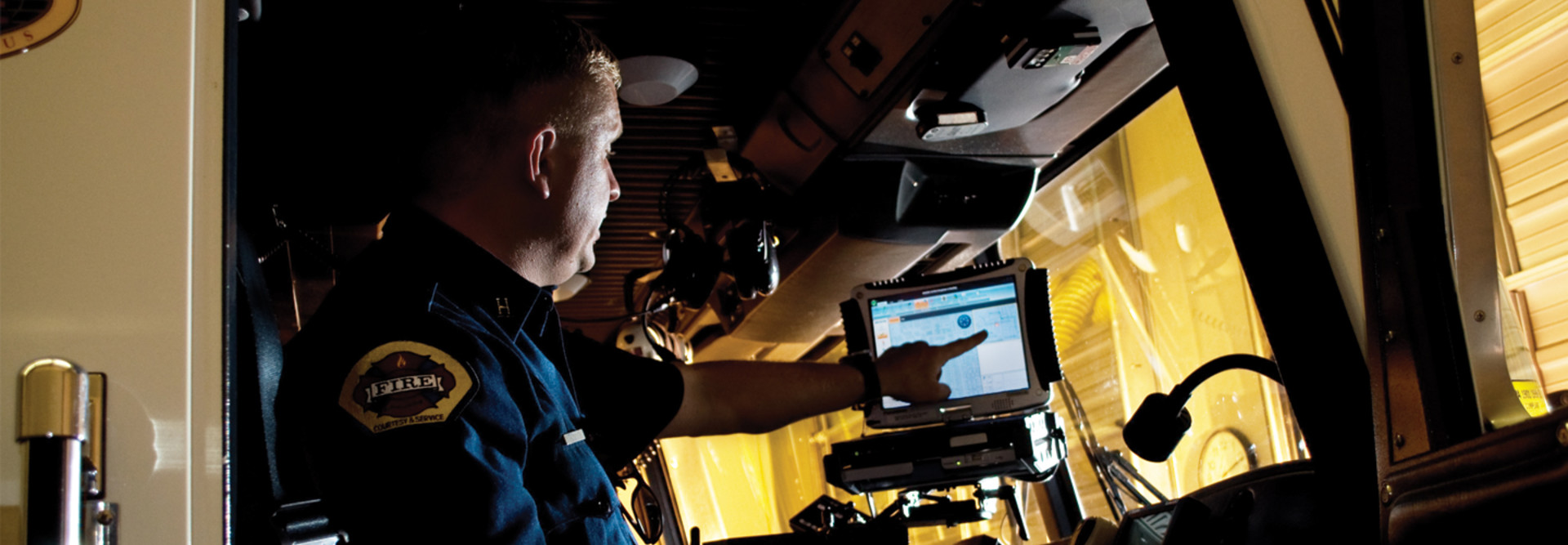First Responders Get New Network Features
One of the key FirstNet enhancements is Z-Axis, which provides “vertical axis” location information on top of traditional two-dimensional GPS location data. This will enable first responders to know where and how high up in a building their colleagues are.
As AT&T notes in a blog post, Z-Axis location data provides first responders with a vertical reference point in terms of height above terrain (HAT) to indicate the relative altitude or vertical location of their team members.
The service is now available in more than 105 markets across the country, including Chicago, Dallas, Detroit, Los Angeles, Philadelphia and San Francisco, with additional markets added being weekly, according to AT&T.
“With Z-Axis, the ability to determine where a police officer or firefighter is within a structure is a major jump in the safety of first responders,” Al Gillespie, a retired fire chief and president of the Public Safety Broadband Technology Association, says in the AT&T blog post on the topic. “This technology helps to pinpoint their location and provide quicker relief and safety for those first responders.”
Another capability being rolled out is called FirstNet MegaRange, which supports high-power user equipment solutions exclusively available on LTE Band 14.
Designed for rural, remote and maritime first responders, the solution can “significantly improve connectivity especially at the edge of network coverage,” AT&T says in a statement.
For urban and suburban responders, the solution can aid network coverage in areas with weak reception. It is designed to help boost coverage in places such as parking garages, basements, elevators and stairwells, AT&T says.
Another capability FirstNet is rolling out is a push-to-talk communication solution that supports Land Mobile Radio-to-LTE interoperability. “This means first responders using LMR can virtually, seamlessly communicate with users on FirstNet PTT and vice versa,” AT&T says in a statement.
Finally, FirstNet is supporting the deployment of agency-owned mobile Cells on Wheels that AT&T says can be set up “by a single person within a matter of minutes.” These are especially useful in rural and remote areas and do not need commercial power availability.
DIVE DEEPER: How do police enhance situational awareness with real-time data?











